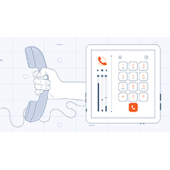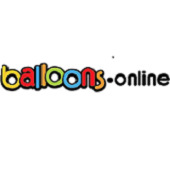Design in itself is creativity. So you don't have to make art or express yourself in your work to make it creative, which we'll talk about a little later. In…
What is design?
The word "design" is used very often today. We hear it everywhere. But the structure of this activity is a little more complicated than it…
Design History
Considering the various manifestations of design, we are convinced that the practice of design is constantly expanding. Its scope includes: exhibition design, print design, clothing…
On styles in design
ANTICULTURE.We all know the magnificent monuments of ancient Greece and Rome, monuments of architecture and sculpture. To this day they arouse our admiration for their…






